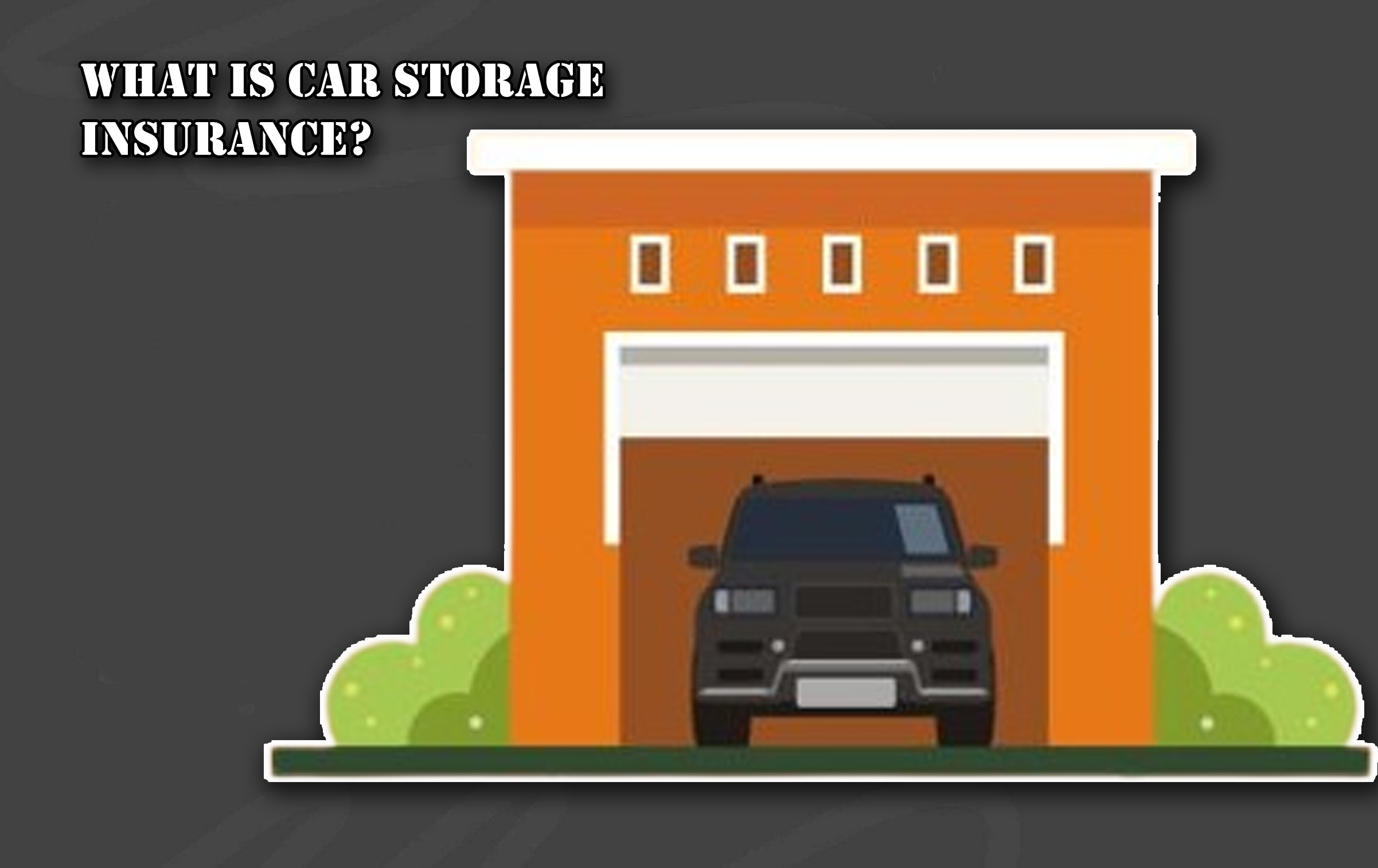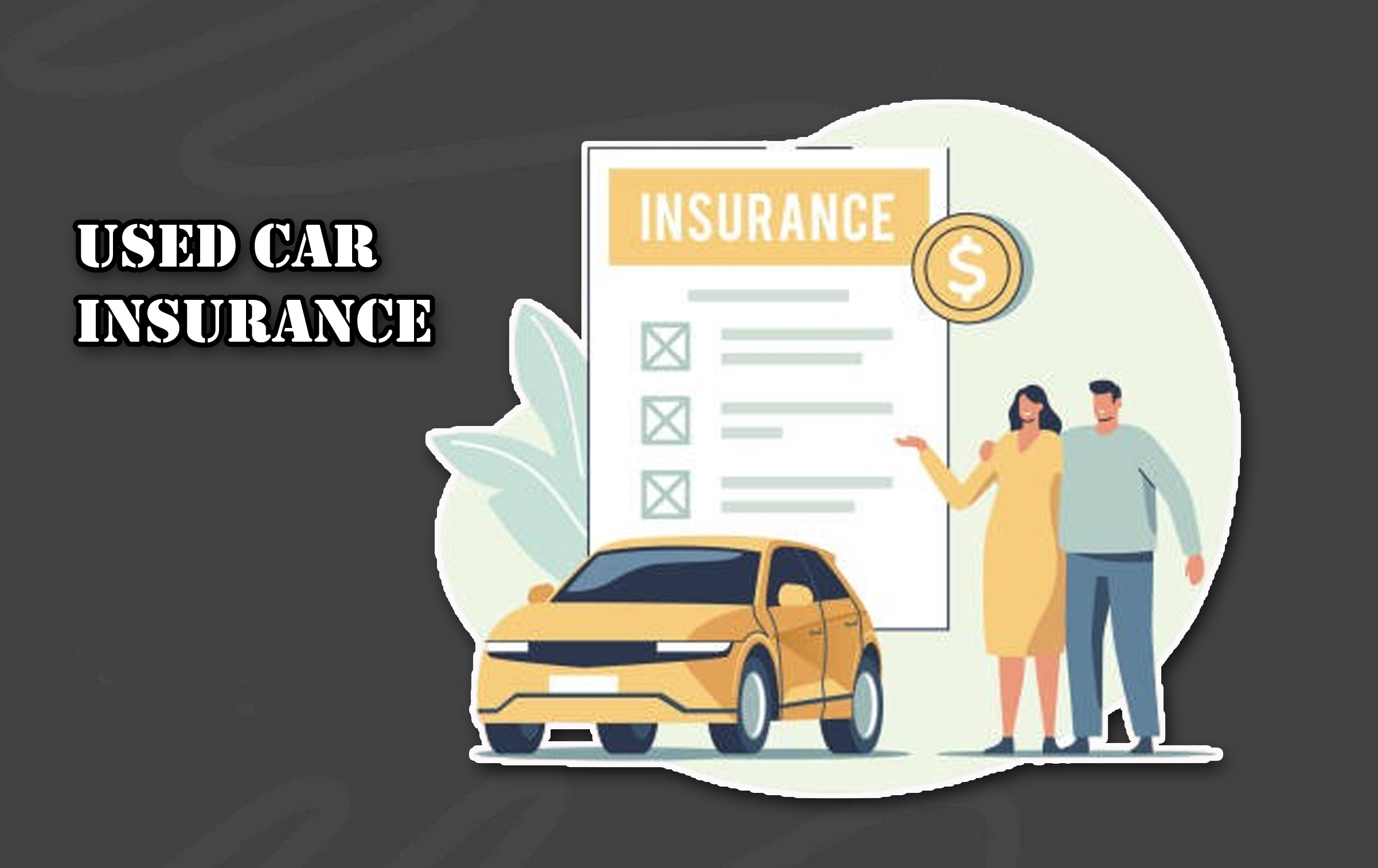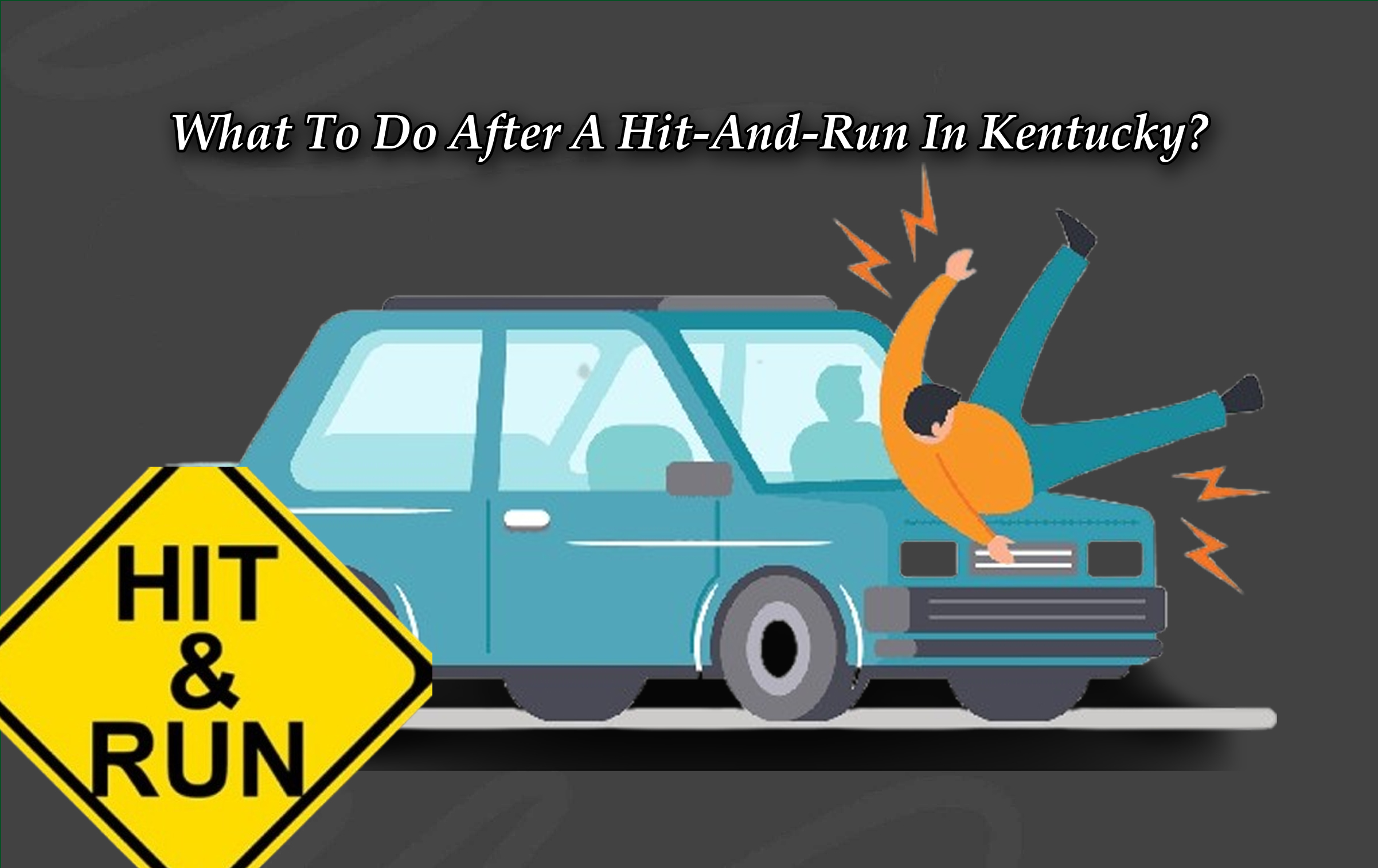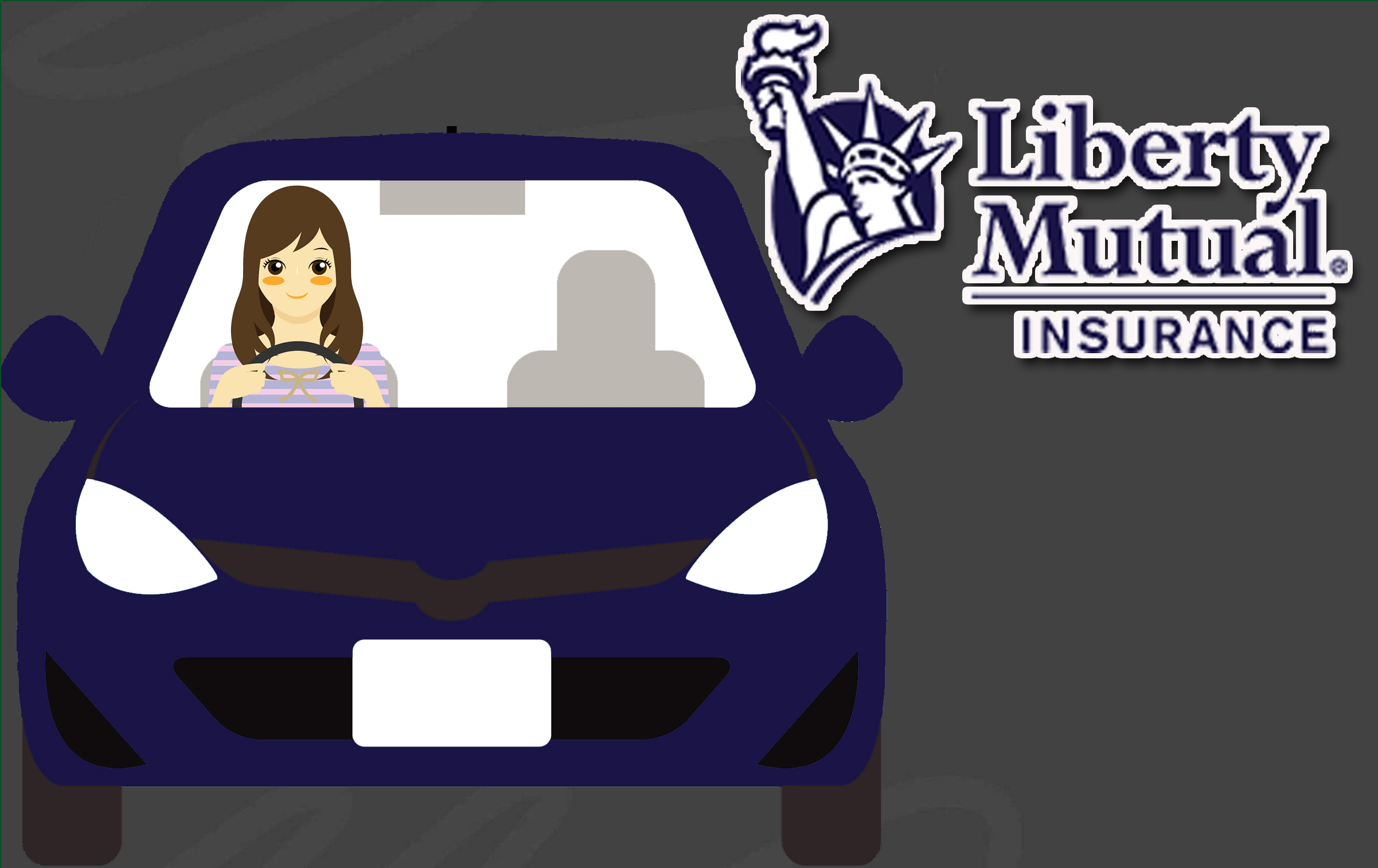How do you insure a van that you live in? Living in a van has become an increasingly popular lifestyle choice since it offers freedom, flexibility, and a sense of adventure.

Whether you’re embracing van life full-time or part-time, insuring your van is a crucial step to ensure both compliance with legal requirements and protection against potential risks.
When insuring a van you live in, it’s important to understand that regular auto insurance policies may not suffice.
Since your van works as both a mode of transport and a home, you’ll need a policy that provides comprehensive coverage for the vehicle itself, your personal belongings inside, and liability protection.
Why Do You Need To Insure A Van You Live In?
When you want to insure a van that serves as your primary residence, it differs greatly from insuring a standard vehicle. While traditional auto insurance policies are designed to cover transportation risks, they often fall short in addressing the unique needs of van dwellers.
Here are some reasons why a specialized insurance is needed for your van home:
Dual Purpose Coverage
A van home functions as both a vehicle and a living space. As such, it requires coverage for driving-related risks, such as accidents, as well as non-driving risks, such as fire, theft, or damage to your belongings inside the van.
Peace Of Mind
Specialized insurance gives you confidence that both your home and vehicle are protected against unforeseen events. Furthermore, this allows you to focus on simply enjoying your van life.
Compliance With Legal Requirements
In most jurisdictions, vehicles must have a minimum level of liability insurance to operate legally on public roads. Additionally, many lenders require comprehensive coverage if your van is financed.
Steps To Insure A Van You Live In
Securing the right insurance policy for your van home involves several steps. Below is a step-by-step guide to help you navigate the process:
Assess Your Needs
Before you start seeking insurance, evaluate your van’s features and your lifestyle. You must carefully consider the value of your van, the contents inside, your travel patterns, and whether you live in the van full-time or part-time.
Choose The Right Type of Insurance
Standard auto insurance policies may not provide adequate coverage for a van home. However, you can consider the following options:
Van Conversion Insurance
This is more tailored for custom-built vans; this policy covers both the vehicle and the modifications made to create a living space.
RV Insurance
If your van meets the definition of a recreational vehicle (RV), RV insurance can provide comprehensive coverage, including personal belongings and liability.
Homeowners Or Renters Insurance Extensions
Some policies may allow you to add coverage for items stored in your van.
Gather Necessary Documentation
Here are the following essentials documents that you must prepare:
- Proof of van ownership.
- A list of valuable belongings inside the van
- Detailed information about the van’s modifications.
- Photos of the interior and exterior.
Compare Providers
You must carefully research insurers that specialize in van life coverage. Compare policy features, coverage limits, exclusions, and premiums to find the best fit for your needs.
Consult An Insurance Agent
An agent experienced in insuring van homes can provide tailored recommendations and clarify any questions about your policy.
Maintain Your Policy
Lastly, regularly review your coverage to ensure it aligns with any changes to your van or lifestyle. What’s more, it keeps your policy up to date to avoid lapses in protection.
Key Features To Look For In Van Home Insurance
When choosing an insurance policy for your van home, here are the following features to ensure comprehensive protection:
Comprehensive And Collision Coverage
This covers repairs or replacement costs if your van is damaged in an accident, vandalized, or affected by natural disasters.
Contents Coverage
This protects personal belongings stored in your van, such as electronics, clothing, kitchen equipment, and tools.
Roadside Assistance
It offers services such as towing, jump-starts, and fuel delivery, which are invaluable for van lifers frequently on the move.
Liability Coverage
This coverage provides financial protection if you’re held responsible for injuries or property damage caused by your van.
Full-Time Residence Coverage
If you live in your van year-round, this feature extends protection to include risks associated with permanent habitation.
Customization Coverage
This covers modifications and upgrades made to your van, such as solar panels, cabinetry, and plumbing systems.
Providers That Offer Van Life Insurance
Several insurance providers cater to the unique needs of van dwellers. Here are some popular options you can consider in your purchasing plan:
Progressive
Offers RV insurance that can be tailored to cover van homes, including personal belongings and roadside assistance.
Safeco
Specializes in RV insurance, including coverage for custom-built vans and their contents.
Geico
Provides customizable RV insurance policies with additional options for personal belongings and roadside assistance.
Roamly
Designed specifically for van lifers, Roamly offers affordable and comprehensive policies for van conversions.
State Farm
Provides flexible auto and homeowners insurance options that can be combined to cover van life.
Frequently Asked Questions
Here are some frequently asked questions you can check out:
Can I Insure A DIY Van Conversion?
Yes, many insurers offer policies for DIY conversions. You’ll need to provide detailed information about the modifications and their value.
What Happens If My Van Is Vandalized Or Broken Into?
A comprehensive policy typically covers damage to your van and theft of personal belongings. So, you might want to ensure your policy includes enough coverage.
Is Van Life Insurance Expensive?
The cost varies based on factors such as the van’s value, your driving record, and the level of coverage. Comparing quotes from multiple providers can help you find affordable options.
How Do I Document My Van’s Modifications?
Ensure you take clear photos of the interior and exterior, keep receipts for materials and labor, and provide a detailed list of upgrades.








